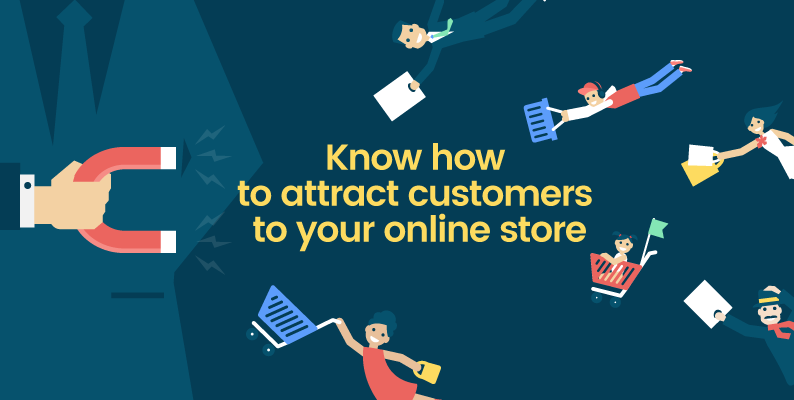In simple terms, programmatic advertising is the automation of the purchase of digital ad space. Traditionally, marketing teams would need to create proposals, negotiate, and sign contracts. But through programmatic advertising, brands can bid on ad space in milliseconds, allowing marketers to spend more time optimizing campaigns than managing. Many brands now allocate up to 50% of their ad budgets to programmatic advertising, with the trend expected to exceed $100 billion by 2022.
Why is it so effective?
Programmatic advertising makes it easy to analyze data in real time and define the audience. Google used programmatic advertising to promote its search app, reaching up to 30% more people with a 30% lower Cost per thousand impressions (CPM). Through programmatic advertising, brands enjoy more streamlined and automated ad buying, saving employees time and increasing ROI. Programmatic advertising works across a wide range of ad networks and exchanges, allowing businesses to increase their reach and target their audience with more relevant ads. This helps drive conversions and brand awareness. Let’s take YouTube as an example.e You can make programmatic advertising on YouTube with the help of the Google Ad system. But first you’ve to buy YouTube subscribers to get legit and more believable in the eyes of the Ad audience.
How to implement programmatic advertising
To run programmatic ads, businesses must first choose a demand-driven platform (DSP) for budgeting. Then, as with all digital advertising campaigns, marketers must define their campaign goals and key performance indicators (KPIs), creative format, and audience. Then, once in circulation, marketers must use the data to see trends and optimize their campaigns for better results.
What is automation in marketing?
Marketing automation is the use of technology to automate marketing and advertising efforts. Over the past year, the pandemic has accelerated the use of technology in the workplace and automation has taken center stage in all business processes, not just marketing. It may seem technical and complex, but automation in marketing is quite simple. Automated email sequences in sales funnels, scheduled social media posts, and email order updates are everyday examples of automation in marketing.
Why is it so effective
Marketing automation enables brands to scale their efforts to reach higher volumes of traffic. 30% of business owners say that the biggest benefit of automation is time savings. Your marketing teams no longer need to waste time doing repetitive tasks and can instead focus on optimizing and creating content. Automation also allows marketing teams to optimize their omnichannel marketing on a single platform, without the need to upload content and interact with the audience of each social media channel. This increases productivity, which is directly correlated to higher ROI and conversion rates. It also enables companies to collect and analyze larger amounts of customer data much faster than a human being. This means brands can quickly build a bird’s-eye view of their sales cycle and customer journey, exposing gaps and pain points in the process.
How to implement automation
To take full advantage of automation, marketers must map the customer journey and sales cycle and identify the steps that can be automated. Once identified, brands must set SMART goals (specific, measurable, achievable, realistic and timed) to determine the success of automation. Finally, they should try different automation platforms, such as MailChimp for email marketing, SproutSocial for social media, and Google Analytics for data analytics.
Also know the about the best Digital Marketing Consultant of India.



